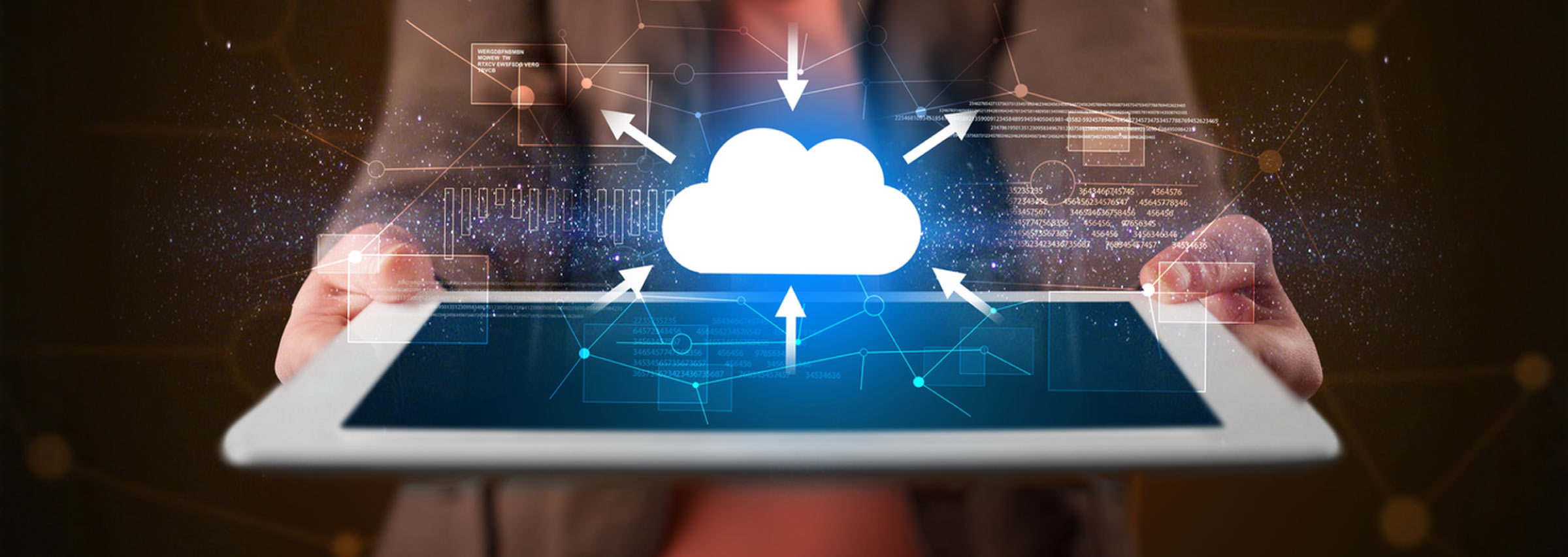As 2025 is about to dawn upon us, enterprise software continues to evolve at a record speed. Among the leaders of this transformation, SAP remains a driving force, helping organizations streamline operations, make smarter decisions, and adapt to a constantly changing digital world. From cloud transformation and Artificial Intelligence (AI) to sustainability and industry-specific innovation, SAP is redefining how businesses operate in an increasingly data-driven economy.
To stay competitive, businesses must understand the emerging SAP trends that are shaping modern enterprise ecosystems. Let us explore the top five SAP trends to watch in 2025 and how they are influencing global business strategies.

1. Cloud Transformation and the Rise of SAP S/4HANA Cloud
The Shift Toward Cloud-First Operations
In recent years, cloud migration has become more than a technology trend. It is a necessity. Businesses are increasingly moving their ERP systems to the cloud to gain agility, scalability, and cost savings. SAP has been leading this shift through SAP S/4HANA Cloud, its next-generation ERP suite designed for intelligent, integrated business operations.
In 2025, the move to cloud-based SAP solutions is accelerating. Organizations are realizing the tangible benefits of cloud deployment, such as faster access to data, lower infrastructure costs, and the ability to scale seamlessly as business needs evolve.
Why Businesses Are Adopting SAP S/4HANA Cloud
SAP S/4HANA Cloud brings together finance, supply chain, procurement, and analytics under one unified platform. It allows businesses to operate with greater efficiency, enabling real-time decision-making and visibility across departments. Continuous advancements in cloud security, integration capabilities, and AI-powered insights are making adoption easier than ever.
Key Advantages of Cloud Transformation
- Cost Efficiency: Eliminates large upfront investments in hardware and maintenance.
- Scalability: Businesses can expand or contract operations effortlessly.
- Accessibility: Employees can securely access the system from anywhere, anytime.
- Real-Time Insights: Instant access to accurate data supports faster, better decisions.
In short, 2025 is the year cloud ERP becomes the new normal, and SAP S/4HANA Cloud is leading that charge.
2. Artificial Intelligence and Automation Take Center Stage
SAP’s Push Towards Intelligent Automation
AI has moved from being a futuristic concept to an essential part of business operations. SAP is embedding AI and automation deep into its ERP ecosystem, helping companies move from manual, time-consuming tasks to intelligent, self-learning systems.
In 2025, SAP’s AI-powered solutions are helping businesses streamline processes, uncover insights, and enhance user experiences. Predictive analytics, Robotic Process Automation (RPA), and Natural Language Processing (NLP) are becoming standard features across SAP products.
How AI Is Transforming SAP Environments
- Predictive Analytics: AI algorithms analyze historical data to forecast trends, anticipate challenges, and suggest proactive measures.
- RPA: Automates repetitive back-office processes — such as data entry and report generation — to increase efficiency and minimize errors.
- NLP and Chatbots: Employees can interact with SAP systems through natural language, improving accessibility and reducing training time.
The Business Impact

- Higher Productivity: Routine work is automated, allowing staff to focus on innovation and strategy.
- Greater Accuracy: Predictive models reduce the risk of human error in planning and forecasting.
- Enhanced Experience: AI-driven interfaces make SAP applications more intuitive and user-friendly.
As SAP continues to infuse AI into its Business Technology Platform (BTP) and ERP suite, businesses in 2025 will see tangible improvements in speed, accuracy, and decision quality.
3. Intelligent ERP and Advanced Analytics
Turning Data into Strategic Power
In today’s digital economy, data is only valuable when it drives meaningful insights. SAP’s next-generation Intelligent ERP systems are built to help companies transform data into a strategic asset through advanced analytics, machine learning, and predictive modeling.
SAP Analytics Cloud (SAC) stands at the forefront of this transformation. It unites business intelligence (BI), planning, and predictive analytics within a single platform. Organizations can gather data from multiple sources, visualize performance in real time, and build data-driven strategies that boost competitiveness.
The Benefits of Intelligent Analytics
- Smarter Decisions: Access to unified data enables faster and more informed decision-making.
- Customizable Dashboards: Teams can personalize analytics views for their specific functions.
- Real-Time Monitoring: Continuous analytics help companies respond quickly to changes in market dynamics.
As more companies migrate to SAP S/4HANA Cloud, SAC and BTP are becoming the backbone of data-driven transformation, empowering leaders to act based on insight, not instinct.
4. Industry-Specific SAP Solutions
The Move Towards Verticalization
One of the defining SAP trends for 2025 is verticalization, the shift towards developing industry-specific, modular solutions rather than one-size-fits-all software. Each industry has distinct challenges, regulations, and workflows, and SAP is tailoring its solutions accordingly.
SAP Industry Cloud embodies this approach. It offers cloud-based modules built for individual sectors such as manufacturing, retail, healthcare, and finance. Instead of deploying an entire ERP overhaul, companies can implement the components they need, ensuring faster adoption and a better return on investment.
Examples of Industry Applications
- Manufacturing: Improved production scheduling, predictive maintenance, and greater supply chain visibility.
- Retail: AI-enabled demand forecasting, personalized marketing, and smart inventory management.
- Healthcare: Enhanced patient data management, compliance tracking, and improved care delivery through analytics.
Verticalization helps organizations modernize faster while maintaining industry-specific compliance and flexibility, a strategy that is proving vital in today’s rapidly changing markets.
5. Sustainability and SAP’s Green-Tech Vision
Sustainability as a Core Business Imperative
Sustainability is no longer just a moral responsibility. It is a business strategy. In 2025, more organizations are embedding sustainability goals directly into their operations, driven by regulatory requirements, investor expectations, and consumer demand.
SAP is leading the way through initiatives such as SAP Cloud for Sustainable Enterprises and sustainability features within SAP Analytics Cloud. These tools help companies track carbon emissions, optimize resource use, and adopt circular-economy models that minimize waste.

- Carbon Footprint Tracking: Monitors emissions across supply chains, enabling companies to meet ESG targets.
- Circular Economy Enablement: Tracks materials and product lifecycles to support recycling and reuse.
- Energy Optimization: Uses advanced analytics to reduce energy consumption and operational waste.
By integrating sustainability into the ERP landscape, SAP is empowering businesses to balance profitability with environmental responsibility, a balance that defines long-term resilience in 2025 and beyond.
SAP in 2025: The Road Ahead
Beyond these five trends, two transformative developments stand out in 2025. The mass migration to SAP S/4HANA and the expanding role of the SAP Business Technology Platform (BTP) and Business Data Cloud (BDC).
If your enterprise is analyzing these trends to shift to any of the new SAP technologies, Gemini Consulting & Services is here to help you. Contact us to know how our consultants can create a custom-made plan for an efficient digital transformation.
Conclusion
The year 2025 marks a new chapter in enterprise technology, one defined by intelligence, adaptability, and sustainability. SAP’s evolution reflects these priorities, giving businesses the tools they need to thrive in a world driven by data and innovation.
Whether it’s embracing cloud ERP, harnessing AI for automation, deploying intelligent analytics, or embedding sustainability, SAP’s innovations are empowering organizations to move beyond transformation towards continuous growth.
For companies looking to stay ahead, the message is clear. Understanding and adopting these SAP trends in 2025 is not optional, it is the foundation for long-term success.



